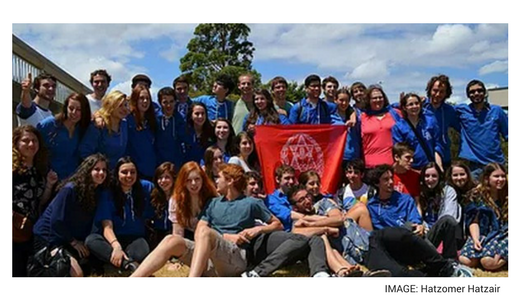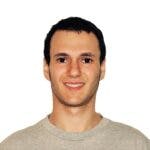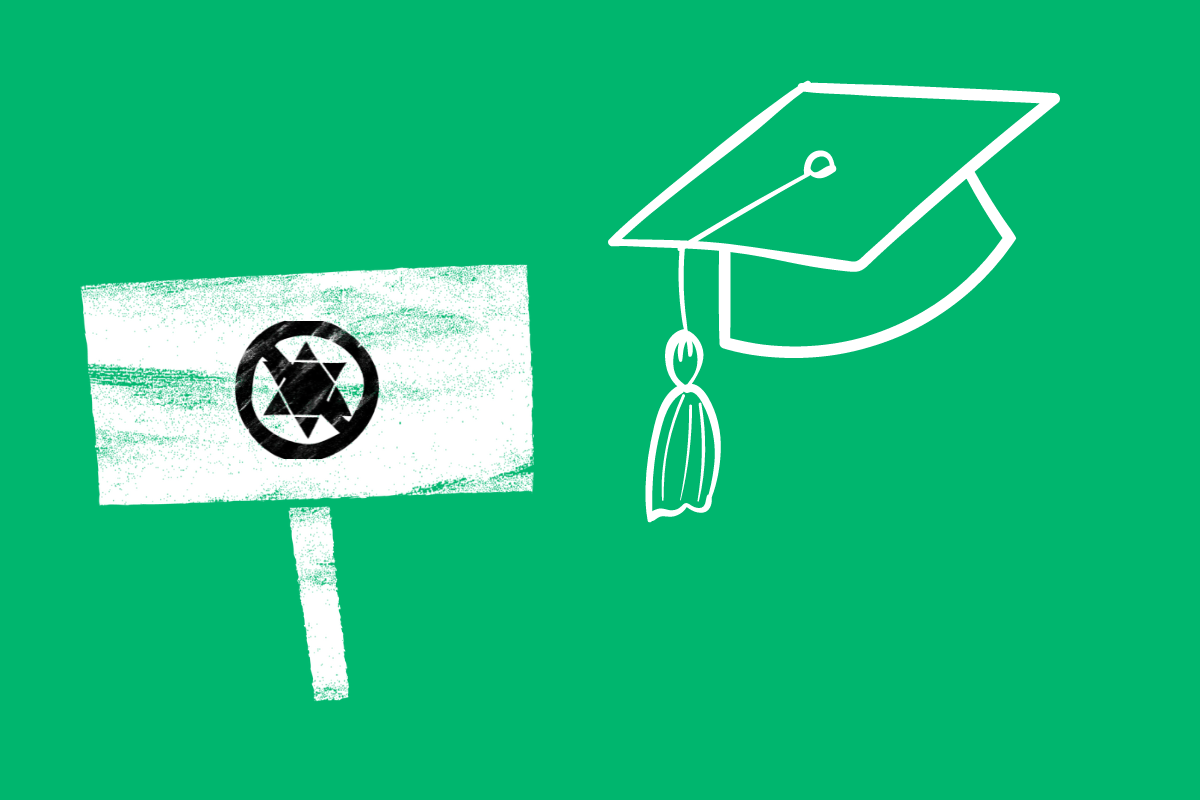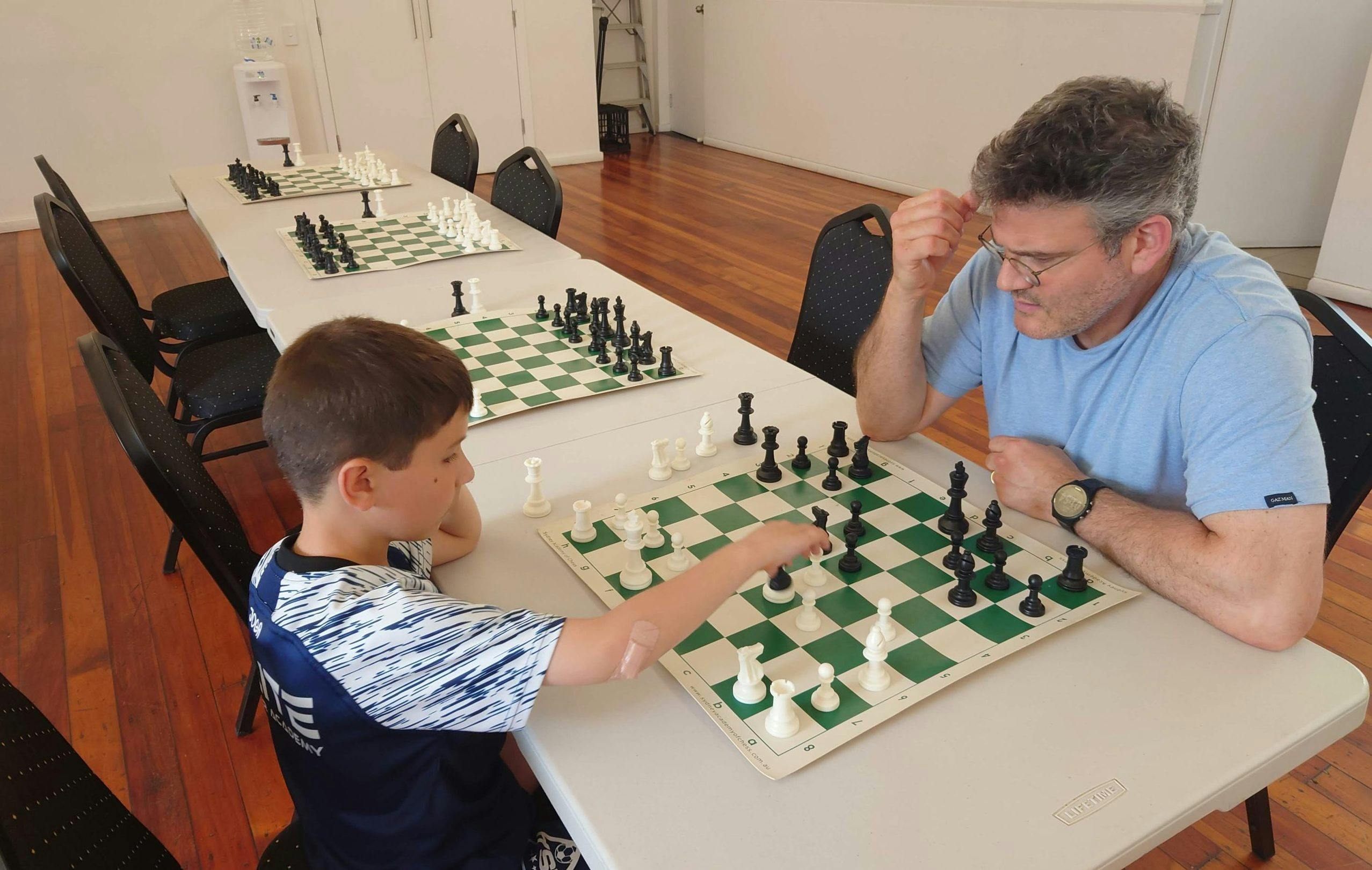Published: 20 February 2018
Last updated: 4 March 2024
“The mixture of youth and ideology is an inherently powerful combination,” says Maddy Blay, co-ordinator of Hashomer Hatzair Australia. “When you tie together ridiculously fun, stupid crazy things, and intensely political discussions and arguments, and learning about the community and current affairs in the news, there’s nowhere to replicate that other than youth movements.”
There are various indicators used to measure the success of a youth movement, such as the number of participants attending their weekly meetings or camps, or their financial stability. Perhaps the most important measure is the number of participants they send on Shnat, a ten-month immersion leadership program in Israel.
These levels serve as an accurate indicator of the number of leaders a movement will have in the coming years. Shnat program participants commit themselves to two or three years of service as leaders. As anyone with experience in not-for-profits will know, this commitment to volunteer is fundamentally what keeps the movements running.
However, many of the smaller youth movements are now threatened by a declining number of participants on their Shnat programs, a trend that may present significant challenges for these movements in the years ahead.
There are six Shnat programs in Australia - Betar, Bnei Akiva, Habonim Dror, Hashomer Hatzair, Hineni and Netzer.
Australasian Zionist Youth Council (AZYC) figures show that since 2012, the number of Shnat participants has remained mostly between 120 and 140, which on the face of it, is a healthy trend.
However, further analysis shows that on average 67 per cent of all participants sent were from the two largest movements, Bnei Akiva and Habonim Dror, and the total number of participants sent from the remaining four movements has steadily decreased from 53 in 2013 to 25 in 2018.
To their credit, the larger movements have done an impressive job cultivating a norm in certain social groups for kids to join their activities and ultimately go on their Shnat programs. This provides them a steady stream of participants, which allows them to operate on a larger scale.
Smaller movements find themselves in a more challenging position. Hashomer Hatzair, for example, doesn’t have an affiliate school or large community group backing it, and only operates out of Melbourne. Every additional participant on a camp or on Shnat is a hard-fought achievement.
“We’re not a dying movement” says Maddy Blay, “but we’re in a definite lull with bogrim (leaders) numbers until we get to 2021 when a large year-level returns from Shnat.” To varying extents, all the small movements find themselves in similar cycles, relying on larger Shnat groups to come around every few years.
This is unsustainable in the long run.
For whatever reason, it has traditionally been the smaller movements who have attracted non-Jewish day school students, particularly public school students.
Benjamin Prawer, the Director of Hineni Australia, explains that “Shnat numbers are largely to do with social groups. In Hineni most year-levels start of small, two or three kids, and they either ‘catch the boat’ or they don’t ‘catch the boat’, some grow into large Shnat years and some don’t”.
The point here is that going on Ssnat is not a last-minute decision, it involves already feeling comfortable in a movement and being integrated into a year level.
There is a widely-held view among the youth movements that increased competition from other Israel programs has taken its toll on some of the Shnat programs. The executive director of Zionist Federation of Australia, Ginette Searle, disputes this, claiming that “the additional programs such as IBC and Aardvark are picking up people who are not involved to movements” adding that “the movements should view other programs as an opportunity to engage their participants once they return”.
It is difficult to quantify whether the additional Israel programs have had a negative effect on Shnat. What’s less disputed is that increasingly students feel they ‘get their hit’ of informal Jewish education from school. Over the past decade many Jewish schools have established informal departments, which run youth movement style activities are often staffed by former youth movement leaders. Blay and Prawer both describe this trend as a challenge.
Although the Jewish day schools are modernising themselves and learning from the movements, in the long-run it will be Jewish students at non-Jewish day schools who are likely to miss out. For whatever reason, it has traditionally been the smaller movements who have attracted non-Jewish day school students, particularly public school students.
For many it’s the only Jewish activity they engage in, and the only Jewish education they receive. This is one of the most important roles the movements play, and if the smaller movements are crowded out it could be a tremendous loss.
Prawer suggests that “schools and youth movements should enter into a partnership in which youth movements are recognised as an essential part of Jewish students’ educational experience. Hopefully, Gen18 (the Census of Jews in Australia conducted by researchers at Monash University) will show that, and that the movements will receive support from the schools”.
If the Australian Jewish community is to keep renewing itself and flourish, it needs to actively support the youth movements, small and large A crucial way of achieving this is by encouraging high school students to get involved. That is the most effective way of growing Shnat numbers in future years, and ensuring smaller movements have a positive future.
While youth movements aren’t everyone’s kettle of fish, the overwhelming majority of graduates I know have thoroughly enjoyed and benefited from the experience. By listening to their needs and supporting them, the community will reap the benefits for years to come.
Photo: Hashomer Hatzair Australia Shnat group (courtesy Hashomer Hatzair)




